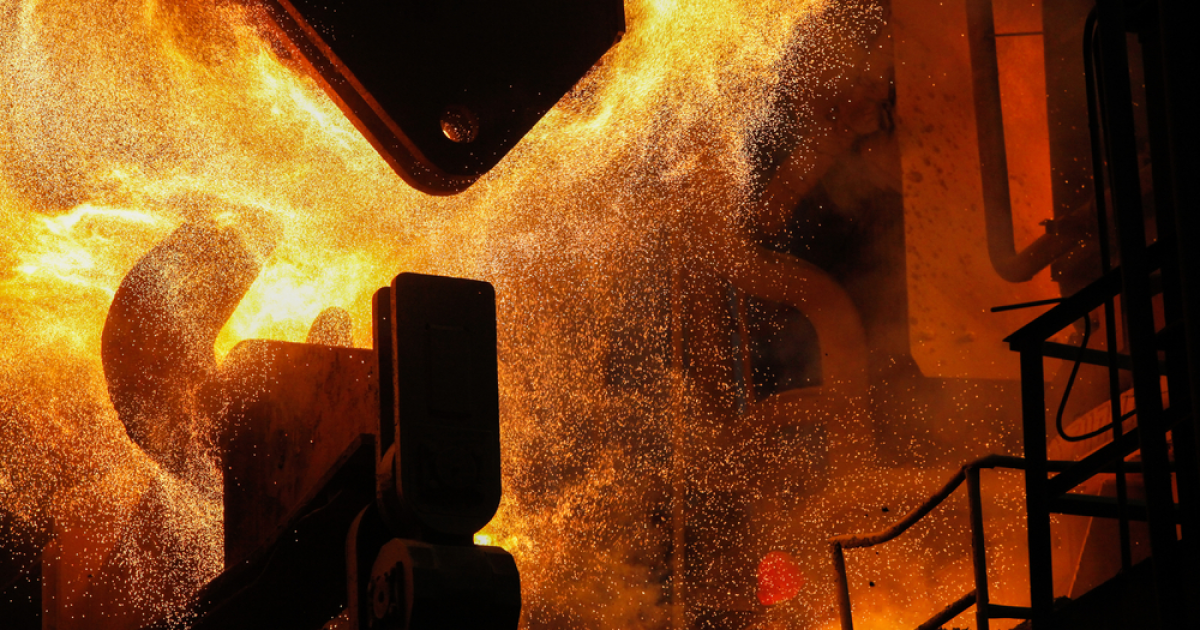
News Global Market decarbonization 921 11 December 2023
By 2050, it will increase from the current 26% to more than 60%
By 2050, the share of low-carbon technologies in the steel industry will more than double from the current 26% to over 60% of total steel production. This forecast was made by Alexander Fleischanderl, global head of green steel at Primetals Technologies, at a specialized conference, SteelOrbis reports.
According to him, this means more than 850 million tons of additional low-carbon steel production by 2050. In addition, new solutions will be needed to complement existing technologies.
The Primetals representative noted that Europe is the most active in the industry’s transition to production based on direct reduced iron (DRI), electric arc furnaces (EAF) and smelting units. So far, 37 DRI plants, 63 EAFs and six smelters have been announced worldwide.
Fleischanderl believes that the current decade is crucial for the future of the industry. By 2030, 71% of the world’s blast furnaces will require major overhauls, so investors must choose between upgrading existing units or switching to electric arc furnaces. Electrification of production, avoidance of direct carbon emissions, carbon capture, utilization and storage are the ways to achieve zero emissions in the sector. The cost of energy is the main driver for electrifying production and building a hydrogen ecosystem.
Financial support and a large supply of green electricity are the two main challenges for the steel industry to achieve carbon neutrality. This opinion was expressed by CEOs and experts discussing the low-carbon steel market at a specialized forum in China. In addition, representatives of the steel industry predict that blast furnaces will still be widely used until 2050.
As GMK Center reported earlier, the MENA region (Middle East and North Africa) could become a global leader in green steel production and direct reduced iron (DRI) trade. This is stated in a study by the Institute for Energy Economics and Financial Analysis (IEEFA).




